Both seasoned athletes and gym neophytes know that the cocktail of choice when working out is a protein shake. Lots of these powders are designed to serve different purposes, which means there are so many to choose from it can make your head swim, Phelps style. If you feel overwhelmed when shopping for a protein supplement, don’t fear, there are answers to all of your questions. Nutrition School is in session and your first class, Protein 101 will teach you all you need to know.
Why should you choose protein powder? Whether you are a gym rat or a couch potato you need protein. Protein is composed of amino acids, which are the fundamental building blocks of muscle proteins and enzymes, making it a crucial part of a daily diet. According to Men’s Health, protein also prevents blood sugar spikes and boosts the hormones that tell your body you’re full and should put the fork down. We believe that the biochemical mechanism responsible for preventing sugar spikes is gluconeogenesis. Basically when a protein is broken down to amino acids , these amino acids can be used to make proteins such as muscle proteins or biochemically changed to sugars. This transformation is called gluconeogenesis. What is interesting is that gluconeogenesis is a way to slowly adding sugar to your energy system without spiking sugar or insulin.
Protein powder can be a great way to up the health quotient to your favorite recipes. Bodybuilding states that whey protein is a good addition to your menu if you are looking to build muscle and lose fat. When you combine whey with a health regimen like a workout routine, this protein supplement can help pump you up with lean muscle and increase your strength, as well as help you maintain the hard body you already have. A study in Applied Physiology, Nutrition, and Metabolism stated that 35 grams of protein per meal is a target amount for a healthy diet.
You should always read the Supplement Facts information on labels When choosing a protein powder, checking out the fine print is a smart idea. Finding a high-quality protein will not only taste better but offer you more benefits and a healthier shake. When weighing which kind to buy, whey comes out on top as far as nutritional value. The ‘biological value’, or the proportion of absorbed protein you get from your food, is generally higher with whey products. The other types of protein powders: casein, egg white, soy, hemp, and others are a lower biological value. Furthermore, in the case of soy protein, there is the chance that you are getting protein derived from a GMO source. Be on the lookout for powders with a limited amount of added sugar and carbohydrates as well as little in the way of additives. Beware of the blends, suggests Oxygen magazine, powders that have “concentrates” or “solids” which can be hard on the digestive system and might cause problems like bloating or gas.
If you are using shakes to shed pounds, according to the Cleveland Clinic, choosing a powder with no added sugars or sweeteners is key.
When is the best time to throw back a protein packed shake? Some people use their shakes as a meal replacement, having one at the beginning of the day or as their lunch when they don’t have time for a mid-day meal. That said, protein powders shouldn’t replace real food, as a rule. Many bodybuilders and fitness fanatics like to imbibe before or after a workout. Some sip during their sweat session too. According to a study in the International Journal of Sport Nutrition and Exercise Metabolism, there is a small window of time when a shake is optimal for your body. About thirty minutes after a gym session, these amino acids will have the most impact on your muscles, bringing you a bit of extra strength and muscle gain. It also helps to repair muscles and recover after exercise. For weight management, the Cleveland Clinic suggests a steady supply of protein at meals to keep you constantly satiated.
In the SFH supplement world, some powders are created to take before a workout. Fuel is a great option if you aren’t going home after the gym or you need something to get your get-up-and-go going before your exercise routine. FUEL contains coconut milk, which is a natural source of coconut fat. This is considered an energy fat burns quickly, providing a burst of energy rather than being stored as fat. FUEL is a fantastic way to get your energy revved without having a heavy meal sit in the pit of your stomach and weigh you down.
How can you mainline your protein powder in the most delicious way? Shakes are the most popular way of getting your powder boost. There are many recipes, from simply adding water or milk and shaking, to combining a variety of fruits, vegetables, nut butters, and ice and blending into a creamy, frothy frappe. Depending on your favorite foods, you can mimic the taste with different shake recipes. If you’re a fan of chocolate covered strawberries, try making a protein smoothie with chocolate protein powder and blended strawberries. If you like pina coladas, you can go for a run in the rain with your smoothie made from coconut and pineapple blended with vanilla whey protein powder.
There are other ways to get your amino acids in powder form. You can use protein powder like flour and make protein-rich pancakes, waffles, muffins, cookies, muffins and more, making those treats and sweets a little more nutritious. Maybe add some powder to your coffee for a protein-infused latte. Make a batch of quick overnight oats with added protein powder for a complete meal, which will hold you over until lunchtime. Using unflavored powder can also enhance your cooking. Adding a scoop to your appetizers, like hummus or guac, could mean you will fill up faster and dip fewer chips. Or perhaps sprinkle powder in a soup or sauce you are making for extra oomph. The powder will be undetectable to the taste buds, but the addition of protein in your diet will be duly noted by the rest of your body.


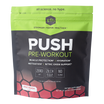
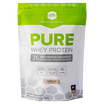
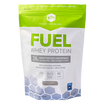
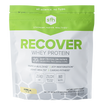
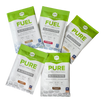
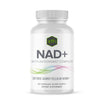
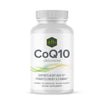
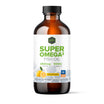
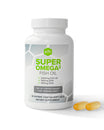
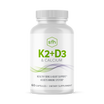
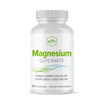
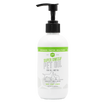
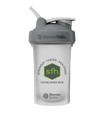
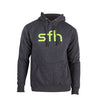
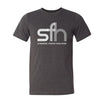

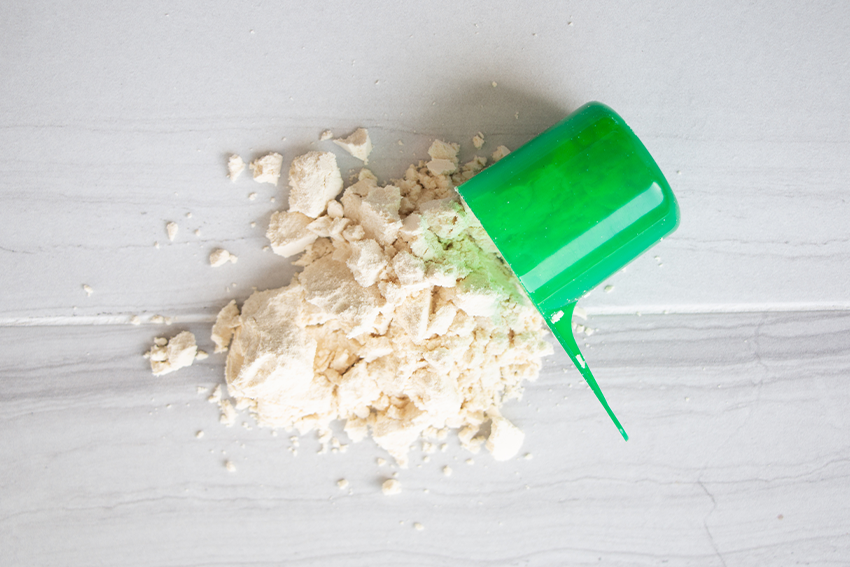
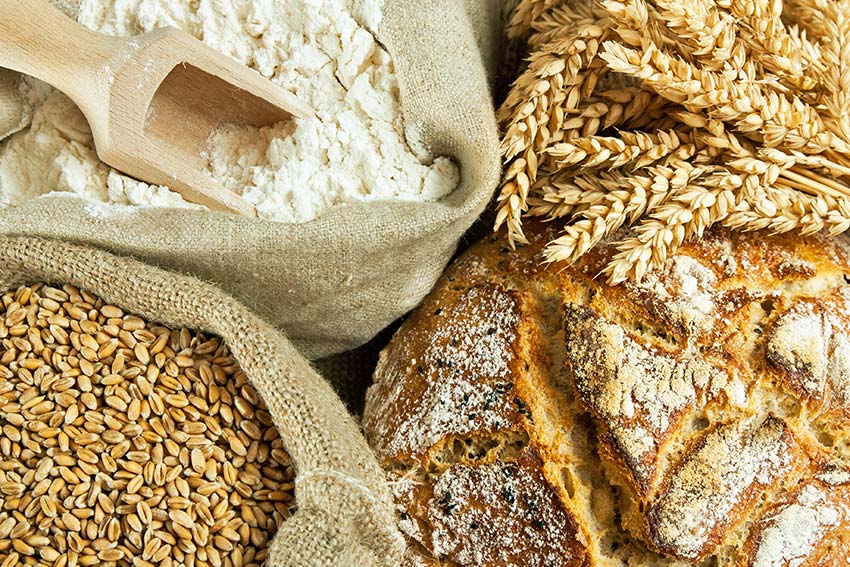
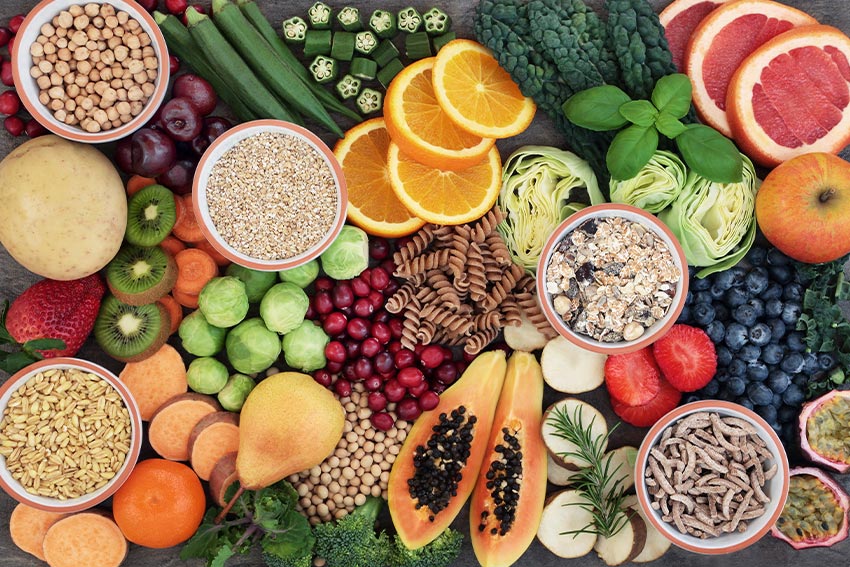
Leave a comment
This site is protected by hCaptcha and the hCaptcha Privacy Policy and Terms of Service apply.